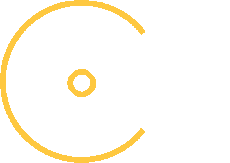2nd Real life experiment: Early-autumn
The extracted orthomosaic of the examined area is presented. Similarly, to the previous case, the designed path enables the collection of sufficient data in order to provide a detailed overview of the field.
The calculated VIs can provide a crisp overview of the crop’s health, indicating areas with relatively poor vegetation conditions.
It should be noted that the specific experiment was conducted in early autumn, a period in which cotton is harvested and the cotton plants are fully developed. Thus, any interfering weeds are covered by the foliage of the cotton plants and cannot be visually detected by an above inspection. Furthermore, the treatment of weeds can be considered as an off-season activity during this time period, since it is more crucial to conduct it at the early stage of the crop’s life cycle, when the dominance of crop plants over the weeds is crucial. Towards this direction, the inspection mission for weed detection was not executed in this case.
Additionally, the functionality of the CoFly system was tested and validated with extensive experimentation also in some other agricultural fields with cotton, trefoil and almond trees.
In all of the experiments, CoFly preserved all the desired features of common agricultural software, while at the same time, it achieved fully autonomous inspection tasks empowering the UAV robots also as a tool for site-specific precision farming. This feature is of paramount importance in agribusiness, as it can be utilized in information procurement, examination, and consistently observing fields by the farming community acquiring contemporary field management skills. CoFly software with a low budget provides beneficial and high accuracy insights to turn into the critical segments of the farming industry.












